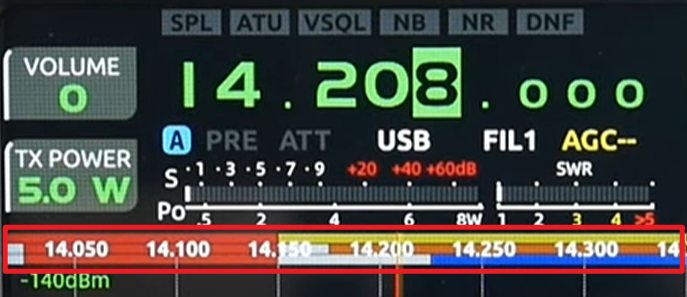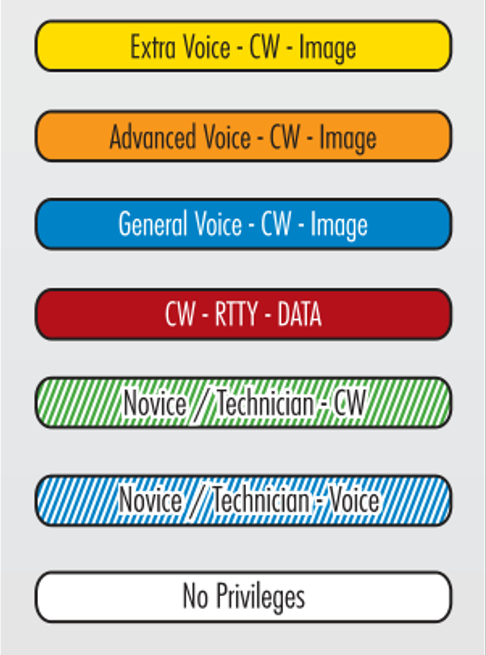FCC ID:
2BGMW-X6200
CE ID:
2405T31943E-RF
| 2405T31943E-EM
Note:
1. All X6200 units shipped by Radioddity meet FCC and CE certification
standards.
2. We offer a 30-day hassle-free return policy for the X6200, with no restocking
fees.
3. A 160-page printed extended manual from Radiod
dity
will be included with your order.
--- --- ---
Precision RF Direct Sampling: Transform your communication with our
advanced RF Direct Sampling System. Enjoy crystal-clear signal quality across
HF/50MHz bands, including WFM/Airband reception, ensuring seamless transmission
and reception.
Versatile Radio Operation: The X6200 supports a wide range of
communication modes, including SSB, CW, AM, NFM, DIGI, and WFM. It's perfect for
both enthusiasts and professionals to meet all your communication needs.
Portable Design: The Xiegu X6200 features a compact frame, a built-in
replaceable 3200mAh battery, and substantial interference shielding. It's your
one-stop solution for both desktop and field POTA activities, offering 4-5 hours
of operation time on a single charge.
Advanced User Interface: Featuring a 4-inch high-resolution color screen
paired with a sensitive receiver for fine signal analysis, the X6200 ensures a
superior user experience. From spectrum displays with waterfalls to wide
bandwidth spectral views, every detail is at your fingertips.
Automatic Antenna Tuner: The built-in automatic antenna tuner ensures
optimal signal reception and transmission, facilitating smooth and efficient
communication in any environment.
Seamless Connectivity: With an integrated sound card, FT8 decoder, and
support for BT/WIFI operations, the Xiegu X6200 offers easy wireless control and
connectivity, making setup and operation a breeze.
Warranty Note: We provide a 18-month warranty on the Xiegu X6200. As
usual, if you modify the radio's hardware, the warranty is void. (The warranty
is void right after you remove any part of the radio case without the agreement
of our support team.) Note any firmware bugs or any other software-related
issues are not under warranty.
Disclaimer: No License is required to purchase this radio, nor to Monitor
(listen) to the many Amateur (Ham) Radio frequencies. However, an FCC License is
required to Transmit (Talk) on Amateur Radio Frequencies in the USA. Please
visit http://wireless.fcc.gov/services/amateur/licensing to learn more.
CLICK HERE to download the latest firmware and manual.
![Radioddity GD-168 [OPEN BOX] - Radioddity](http://www.radioddity.com/cdn/shop/files/GD-168_1600x1600_3922a234-2fe4-4b80-8282-3f6d17a10d71.png?v=1762470234)










![Baofeng GT-5R 5W Dual Band Radio [Upgraded Legal Version of UV-5R] - Radioddity](http://www.radioddity.com/cdn/shop/products/GT-5RImage.png?v=1762459898)
![Baofeng UV-5R PLUS [5 Colors] | DUAL BAND | 4/1W | 128CH | FLASHLIGHT - Radioddity](http://www.radioddity.com/cdn/shop/products/3_58c037e1-560a-4c85-bd75-67c202269d29.jpg?v=1762457615)










![GA-2S UHF Long Range USB Two way Radio [2/4/6 Packs] - Radioddity](http://www.radioddity.com/cdn/shop/products/5_96d2d28c-8609-4f29-926b-d423141df2f4.jpg?v=1762457835)



![Baofeng BF-888S [2 Pack] | UHF | 5W | 16CH | CTCSS/DCS | Flashlight - Radioddity](http://www.radioddity.com/cdn/shop/products/1___1___1.jpg?v=1762457605)
![Baofeng GT-1 [2 Pack] | UHF | 5W | 16CH | Flashlight | FM Function Two-Way Radio - Radioddity](http://www.radioddity.com/cdn/shop/products/ia_100000006122.jpg?v=1762457668)
























































